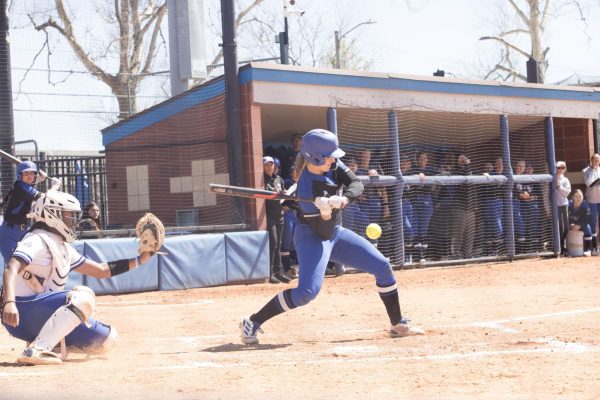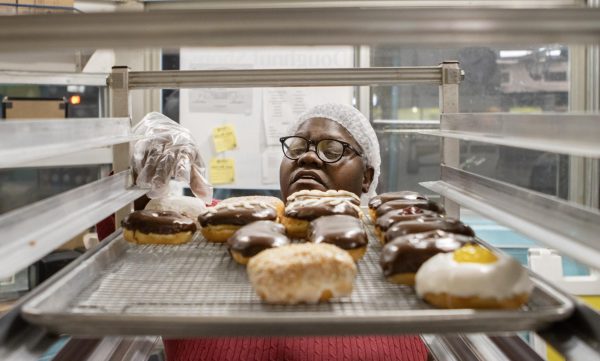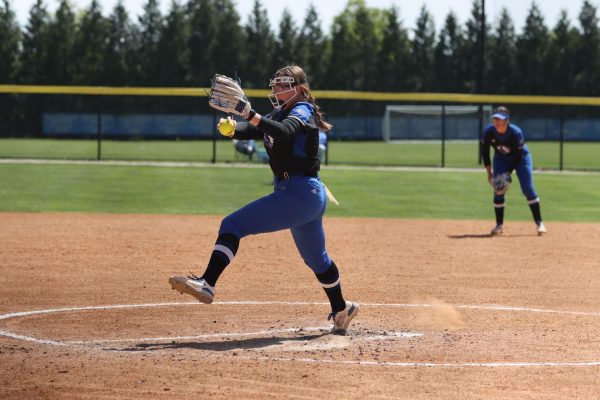Student author gets creative with Coles history
One Eastern student took several events from the darker side of Charleston’s history and creatively blended them into a fictional story in his book entitled, “Tales of Coles County, Illinois.”
Author Michael Kleen, senior philosophy major and founder of Eastern’s unofficial Ghost Club, has written three editions of the book, this being his newest, complete with factual footnotes at the bottom of most pages.
The story follows a group of Eastern students, Tami, Max, AJ and Nancy, as they are stranded in the rain when their car breaks down while looking for a campsite just south of Charleston. They come upon a small cabin in the woods and are invited inside by an old man and woman, who give them dry clothes, shelter and a warm dinner. During the meal, the couple shares stories with the students, stories about the history of Coles County and things they remember from their childhood that went on in the area, in chronological order.
The sequences inside the cabin when the students interact with the old couple are well written and interesting. Vivid descriptions, such as the scene where the plain clothes given to the students are described, make it easy for the reader to imagine actually being there.
“Nancy pulled at the loose sleeves of the faded gray dress she wore with contempt, while Max tried not to look like he was scratching his legs, which were getting irritated from the rough, cotton pants.”
Readers can almost smell the mothballs.
The creepy, lone cabin situation leaves readers to wonder if anything bad is going to happen to the students. But at every turn, the old couple tells another story about Coles County.
Topics touched on in the stories include the second battle at Blakeman Hill, the Charleston Riot, Ashmore Estates and Airtight Bridge. The latter two are especially of interest, being stories that tend to get around on campus, especially during Halloween.
The concept of the book is a great one. It makes the history of Coles County a more interesting read, and tricks people into reading history without feeling like they’re going through a history book.
However, the parts of the book that deal with historical events can get a little confusing, because a lot of names are thrown out and characters are not fully developed. It loses a bit of reader attention. Also, it’s hard to sift through what’s fact and what’s fiction, besides the information in the footnotes.
The dialogue in these scenes is well thought out, though, and different dialects are used wisely.
During the tale of the second battle at Blakeman Hill, a soldier’s personality shines through a bit thanks to his choice of words.
“We don’t even know if these are the Redskins that done it,” he said, hinting that he’s an uneducated man, probably typical of soldiers in lower ranks around 1818.
The 51-page book was created and compiled from Kleen’s research in various books as well as Web sites and The Daily Eastern News archives. It can be purchased for $4.50 plus $1.50 shipping and handling from www.michaelkleen.com.










































